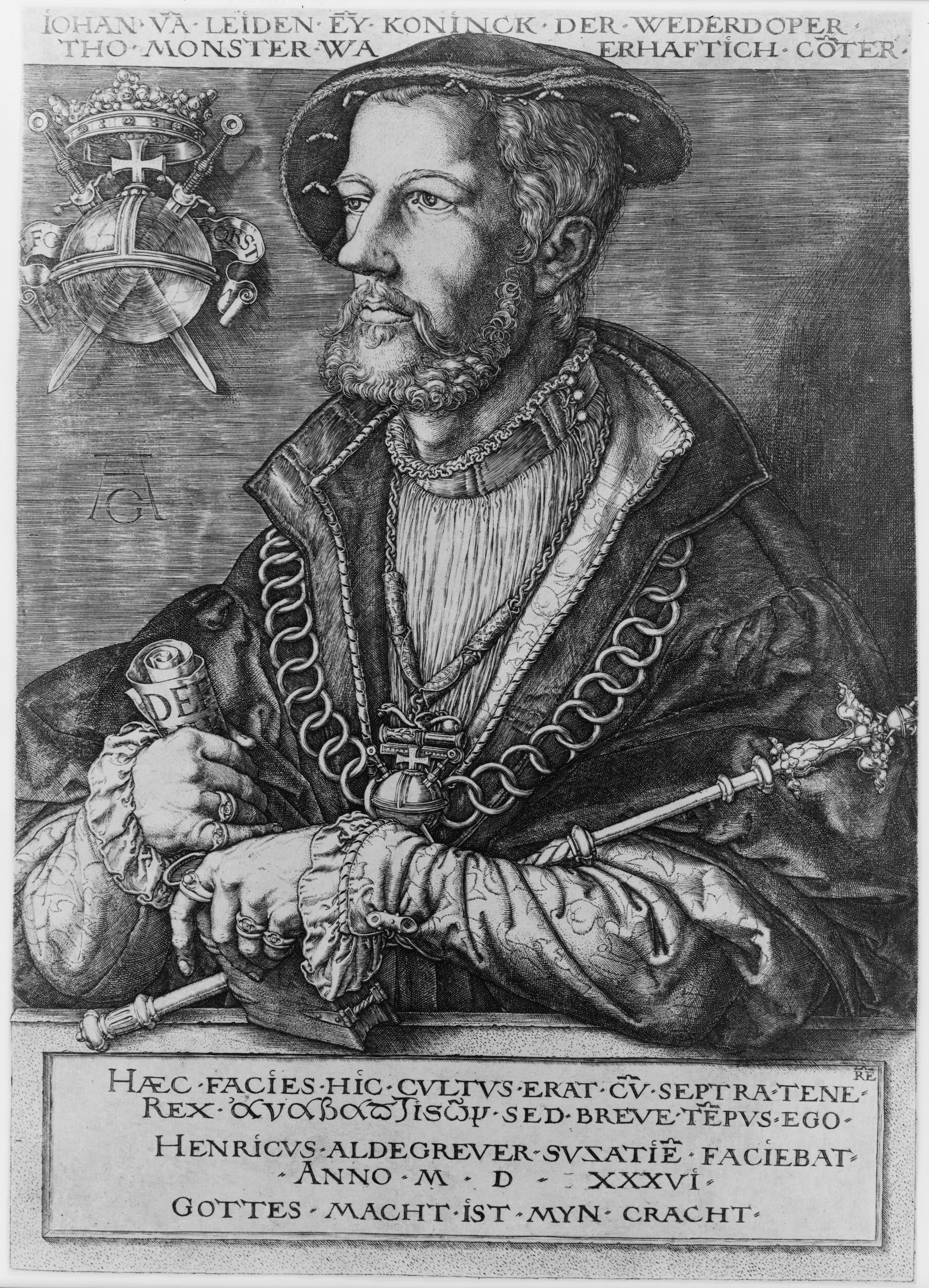World Religious Traditions
Homework Help & Tutoring
We offer an array of different online World Religious Traditions tutors, all of whom are advanced in their fields and highly qualified to instruct you.
World Religious Traditions
The Protestant Reformation
The religious Reformation in Europe was, undoubtedly, one of the turning points in European and world history. Its effects went far beyond the mere correction of what the Reformation leaders saw as the abuses and errors of the Catholic church. The Reformation not only did away with papal authority, the Latin Mass, statues and images in temples, celibacy of priesthood and such. It also gave way to rising secularism and to the idea of the separation of church and state, to the endless fragmentation of Protestantism into churches, denominations and sects, and, according to Max Weber, it even contributed to the emergence and development of capitalism and to the industrial revolution.
There is good reason to believe that Martin Luther, the former German Augustinian monk who turned into a fierce enemy of the Pope, did not envision nor want the Reformation to take the aforementioned direction. Initially, he called exactly for a Reformation, that is, a deep reform of the existing Catholic church and its purification of the doctrines and practices which Luther saw as inconsistent with the Gospel. Apparently, only as the Reformation movement gained momentum and the split between him and Rome became irreversible, did Luther realize that what he was doing had grown into something much bigger than a reform. Nevertheless, the Lutheran church even now contains more elements of Catholicism than most other Protestant denominations. Special clothing worn by Lutheran priests according to the periods of the liturgical calendar, sacraments, the fixed order of the church service, baptism of infants, and many other details were inherited by the Lutheran church from Catholicism.
Those who followed suit right after Martin Luther, however, were much more radical and straightforward. Jean (or John in the English version) Calvin, the Reformation pioneer in Geneva, Switzerland took a significantly stricter approach to what he saw as Papal idolatry:
"Sixteenth-century Geneva witnessed one of the most devastating waves of religious image-breaking in history. Incited by a group of charismatic theologians – among them John Calvin himself – mobs raged against objects associated with miracles, magic and the supernatural, destroying some of the city’s most precious pieces of Christian art."
The Reformation in England initially took a different direction, stopping about halfway from Catholicism to "true" continental Protestantism. The Church of England declared its complete independence from Rome and abolished monasticism, but largely retained the Catholic Mass, sacraments, the worship order, the rituals and the internal structure. The seed of radicalism, however, fell on good soil in England, too, resulting in the emergence of Puritanism and so-called Non-conformism. Although all English dissenters wanted a deeper Reformation than the official Anglican church was able and willing to offer them, the range of their radicalism varied greatly from one movement or sect to another. Among them we find Baptists, who insisted on baptism of adult converts only and called for the non-involvement of the worldly authorities into spiritual matters. Congregationalists were another group of early English dissenters who strongly believed in the independence and autonomy of each Christian community or congregation from the pressure of higher secular or church authorities. Finally, such groups as Quakers came out of the English dissenters’ movements. Unlike other radicals, Quakers (or the Society of Friends as they called themselves) denied any external authorities in spiritual matters, including the Bible. Instead, they believed in the spirit of truth that breathes freely with no regard to race, religion, ethnicity and culture. Quakers taught that there is something of God in everyone, even in pagans or atheists, and were opposed to inequality, war, and violence of any sort. Eventually Puritans and other English dissenters became the first to settle the colonies in North America where they could practice their religion undisturbed.
On the continent, the most radical reformers came to be known under the umbrella term of Anabaptists. At first, their leaders dreamt of the new Zion and the imminent kingdom of God that was about to start in their midst. A group of zealous Anabaptists seized the city of Münster in Germany hoping that the kingdom of God would start from there. John of Leiden, the self-proclaimed king of the city, ordered everybody to be re-baptized, declared that all property was to be held in common, and even introduced polygamy. The city was soon besieged by secular authorities and the Münster rebellion was suppressed in the most cruel fashion, in accordance with the spirit of the time that was overshadowed by religious wars and unceasing civil strife.

John of Leyden
The Anabaptist movement, however, did not disappear. Rather, surviving Anabaptists - now headed by Menno Simmons, a former Catholic priest just like Luther - reverted to pacifism. Denial of violence and military service became a distinguishing mark of the Mennonites, as Menno’s followers came to be known. In addition, they preached total separation between the believers and the government, baptism of believing adults, and a simple, modest life.
Anabaptists: Heirs of the Radical Reformation
Radical Reformation movements often sought for and demanded more in terms of religious freedoms than the political authorities of the time were able and willing to offer them. Most European states were still monarchies, and in most cases they followed the famous principle of cuius regio, eius religio (whose realm, his religion) meaning that the ruler of the country chooses the religion for the subjects. Under such circumstances, those who wished to remain true to Radical Reformation ideals, such as the strict separation of state and church, unlimited freedom of conscience, non-involvement in political affairs and pacifism, had to look elsewhere for a safe haven.
The largest surviving branch of the Radical Reformation today is, without a doubt, the Anabaptist movement. Like all numerous Mennonite denominations and sects, the Amish, and the communal group of the Hutterites have their roots in the Radical Reformation. The very word “anabaptist” means “re-baptizer” or “re-baptized one,” since the radical reformers insisted that men and women can only be admitted to church membership based upon their individual conversion, symbolized by the baptismal vows. Thus, all converts who were previously baptized as infants, had to undergo baptism once again.
There were two geographical spots in Europe where the Anabaptist movement emerged and gained considerable following during the 16th century. One was located in Switzerland, the old Reformation stronghold, and the land of John Calvin and Ulrich Zwingli. The other one was in The Netherlands. The Dutch Anabaptists were led by Menno Simons, a former Catholic priest turned fierce adversary of papacy. Menno eventually gave his name to his followers, who are still known today as the Mennonites.
There is nothing surprising in Anabaptism gaining popularity in the two most politically and intellectually liberal European countries of the time. Both countries were among the most advanced economically, in line with Max Weber’s theory that capitalism and Protestantism walk hand in hand. The Reformation (in the form of Calvinism) won in both countries, yet the spirit of liberalism and individualism was not strong enough to warrant a policy of tolerance towards more radical brethren.
The Anabaptists saw the worldly “kingdom of Caesar” and the Christian “kingdom of God” (that is, the church), as two opposing realms. They did not, therefore, want to take part in the deeds of flesh, such as military service and violence, civil service, taking oaths, or worldly pleasures. Overall, they were loyal citizens and they never opposed paying taxes and showing obedience to the laws of the country (“the Caesar”) as long as these did not require them to sin. For 16th and 17th century Europe, however, it was a bit too much to ask for. The refusal to take oaths and to defend the country during the war were especially unacceptable, and the persecution of Anabaptists was on the rise.
The famous Mennonite chronicle The Martyrs Mirror first published in Dutch in 1660, contains endless accounts of early Mennonite believers beheaded, drowned or burned alive by their persecutors. Very soon the European Anabaptists realized that, unless they wanted to perish or be forced to renounce their faith, there was no way out for them other than to flee. At that point, the two centers of European Anabaptism, the Swiss and the Dutch, took entirely different directions to seek refuge. The Swiss Mennonites (including the split off an ultra-conservative Amish group) chose to cross the Atlantic Ocean and to take advantage of the unheard of religious freedom in the British colonies in North America, where the Puritans and Quakers had already established numerous settlements. By the early 18th century the Swiss Mennonites and the Amish had established villages and farms in the eastern part of Pennsylvania, around the city of Lancaster. They were granted the liberty to live the way they wanted, including freedom from military service. The distinct dialect of German the settlers used came to be known as Pennsylvania Dutch (where Dutch has nothing to do with The Netherlands, but is a distortion of the word Deutsch, which is German). Later, as the farming land in Pennsylvania became too scarce for the rapidly growing Mennonite and Amish families, their communities spread to other states, especially to Ohio and Indiana. Some Mennonites followed the British loyalists to Canada in the aftermath of the American Revolution, and founded colonies in southern Ontario, near the city of Kitchener.
The Mennonites in The Netherlands took a different direction. They started moving eastward, first to East Prussia on the Baltic Sea shores, and finally, to the Russian Empire by an invitation of the Empress Catherine the Great. The imperial manifesto of 1763 promised the settlers complete freedom of religion, no military draft and the self-governing of their own colonies. The vast territories of what is now Southern Ukraine had recently became part of the Russian Empire, and skilled farmers were needed to till the Steppe. The following century was the golden age of the so called Russian Mennonites. They thrived economically, and acquired large tracts of land in many parts of Russia. However, in the 1860s the Russian government withdrew some of their special privileges in an effort to provide all subjects of the Empire with the same rights. This triggered the first Mennonite emigration from Russia to the USA and Canada. Further waves of emigrants to North and South America followed, due to the Russian Revolution and the Civil War. At the same time, some of the Mennonites who initially settled in Canada chose to emigrate to Mexico and South and Central America to get rid of worldly influence and excessive government control. As a result, Mennonites are now spread all over the world, with especially large communities in the USA, Canada, Mexico, Bolivia, Paraguay and some African countries (thanks to the missionary work).
Mennonites today are divided into an innumerable variety of large, medium-sized and even tiny churches, sects and denominations. Some Anabaptists (known as the Old Order or “plain” people) still shun modernity, and use horses and buggies instead of cars and tractors. Conservative Mennonites and Amish usually wear a recognizable type of attire, which usually includes a head covering and a long dress for women and a single-color long-sleeved shirt with black pants (often with suspenders) for men. Many Mennonites, howeveer, have adopted modernity and are indistinguishable from the general population. True to their long-standing tradition of peacemaking and relief work, Mennonites today sponsor a variety of initiatives providing help to the needy and disaster relief.
To fulfill our tutoring mission of online education, our college homework help and online tutoring centers are standing by 24/7, ready to assist college students who need homework help with all aspects of world religious traditions. Our religion tutors can help with all your projects, large or small, and we challenge you to find better online world religious traditions tutoring anywhere.
College World Religious Traditions Homework Help
Since we have tutors in all World Religious Traditions related topics, we can provide a range of different services. Our online World Religious Traditions tutors will:
- Provide specific insight for homework assignments.
- Review broad conceptual ideas and chapters.
- Simplify complex topics into digestible pieces of information.
- Answer any World Religious Traditions related questions.
- Tailor instruction to fit your style of learning.
With these capabilities, our college World Religious Traditions tutors will give you the tools you need to gain a comprehensive knowledge of World Religious Traditions you can use in future courses.
24HourAnswers Online World Religious Traditions Tutors
Our tutors are just as dedicated to your success in class as you are, so they are available around the clock to assist you with questions, homework, exam preparation and any World Religious Traditions related assignments you need extra help completing.
In addition to gaining access to highly qualified tutors, you'll also strengthen your confidence level in the classroom when you work with us. This newfound confidence will allow you to apply your World Religious Traditions knowledge in future courses and keep your education progressing smoothly.
Because our college World Religious Traditions tutors are fully remote, seeking their help is easy. Rather than spend valuable time trying to find a local World Religious Traditions tutor you can trust, just call on our tutors whenever you need them without any conflicting schedules getting in the way.





